Because of perlite’s superior water-holding capacity, using expanded perlite fines with sandy soils can reduce irrigation needs by up to 50%
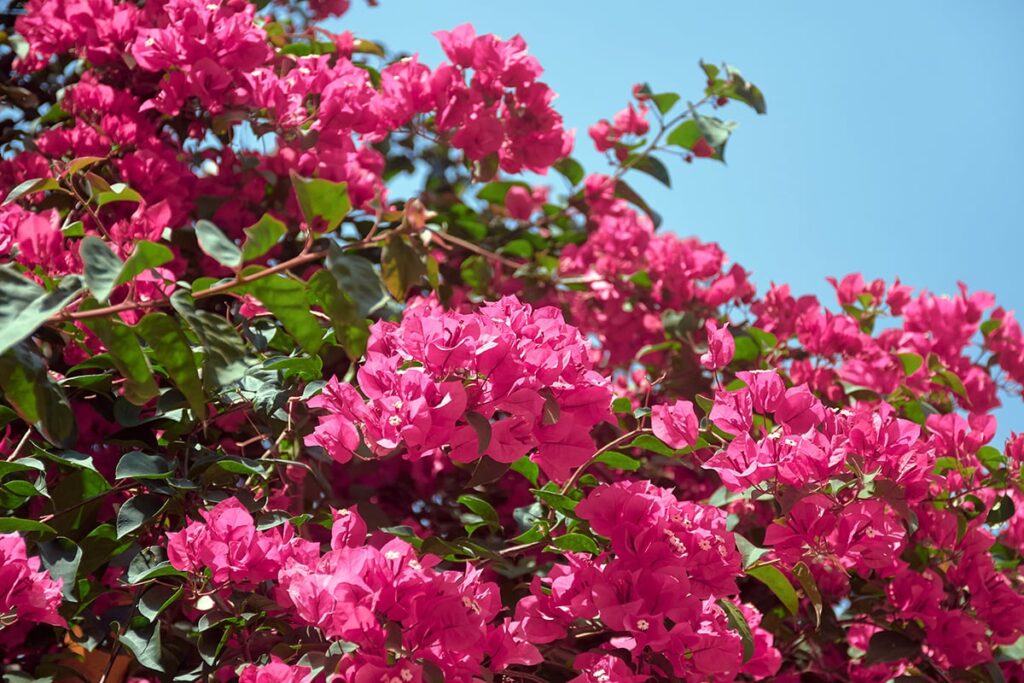
Among the most widespread applications of expanded perlite is as a soil amendment for horticulture applications. Perlite-based products have been used globally for nurseries, lightweight soils, and hydroponics, among others, and have a considerable market share with increasingly dynamic prospects. As fines we refer to the expanded perlite fraction with a maximum size of 2 mm. What makes this product special is the superior water-holding capacity due to the higher surface area compared to that of coarser grains. Refer to the Perlite Institute publication: The Water-Holding Capacity of Perlite for more information.
Landscaping is a comprehensive approach to designing and managing outdoor spaces that combines natural and artificial elements to create attractive, functional, and sustainable environments that improve quality of life, promote environmental stewardship, and contribute to a community’s overall well-being. And it is significant nowadays for various reasons, reflecting the increasing requirements of growing towns and cities in modern societies.
The use of expanded perlite in the application is well known, and the market demand presents constant annual growth. Typically, the size of horticulture grade ranges from a few hundreds of microns up to 10 mm. Perlite can be beneficial in landscaping through various ways including the following:
- As water retention media due to its porous morphology. Perlite absorbs water and releases it slowly, thus maintaining soil moisture to adequate levels.
- For soil aeration due to its special structure. Mixed with the soil, perlite holds free space creating air pockets that facilitate root growth.
- Root protection from the extreme cold. As thermal insulating material, the application of perlite allows protection of roots from extremely cold temperature conditions.
- Soil temperature reduction in arid soils. Due to its low thermal conductivity, the application of perlite lowers the temperature in the soil and roots of the plant, making the irrigation more efficient by reducing evaporation.
- As mulching media. A layer of perlite around plants would reduce moisture evaporation from the soil, thus preventing uncontrolled weed growth.
- Excessive water drainage: Perlite improves the drainage of excess water, thus preventing root-rot due to waterlogging.
- As a lightweight filler. The weight reduction to the soil that is caused by the incorporation of expanded perlite grains facilitates its handling.
- Seeds’ growth and proliferation. Due to the aforementioned beneficial properties to plants growth, expanded perlite is commonly used in plants’ growth and proliferation cells.
The use of fine perlite as a soil ameliorate benefits all stakeholders by supporting the continuous growth and innovation of the perlite industry and providing a sustainable solution for water conservation in landscaping applications, especially in arid conditions. Perlite’s inherent properties and high water-holding capacity make it an ideal choice for placement at the root zones of plants. It absorbs and retains water, thus reducing the need for irrigation of up to 50% in sandy soils and warm and well as mild climates. The document is a Proofs of Concept, presenting the major findings of two studies which investigated and compared the growth and well-being of plants and shrubs that have been irrigated normally, and those with reduced irrigation and addition of fine perlite layer in root zones of the plants, and under arid Mediterranean climate.
The Field Study in Dubai
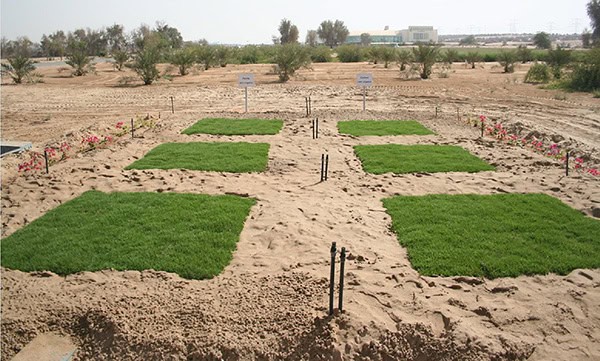
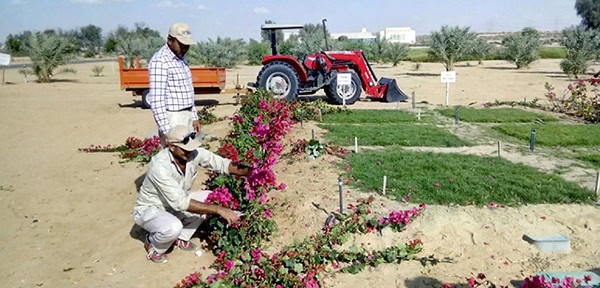
Fine expanded perlite is a 100% natural, chemically inert, sterile, inorganic, and porous volcanic rock used as a physical soil ameliorate to reduce the overall irrigation needs in sandy soils. Fine expanded perlite grains hold between 8 to 9 times its weight in water, a critical KPI in the performance of water-retaining soil additives.
Back in 2016, Gulf Perlite LLC sponsored a field study at the International Centre for Biosaline Agriculture (ICBA), UAE, which is a non-profit international center of excellence for research and development in marginal environments, scoped the verification of the fine expanded perlite performance and its long-term benefits in reducing overall irrigation needs in sandy soils and hot climates. For this purpose, fine expanded perlite (0-2 mm) was applied in turf and grass substrates and tested in both laboratory tests and a field study. In the laboratory tests, the physical properties of fine expanded perlite were determined with respect to its moisture retention capacity and the field tests were conducted to test fine expanded perlite under two irrigation water rates to determine water saving for turf and shrubs. The use of fine perlite to cut down the irrigation water by 50% for landscaping in sandy soil provenly showed positive results in terms of water-saving and the establishment of healthy plants. The growth and health of turf grass and the bougainvillea was not affected by the reduced irrigation even during the hot season (July-August) when perlite was applied as a soil additive at the effective root zone. The report of the project can be found here.

The Field Study in Greece
The ICBA project was the foundation for the structure of our PI research under the Mediterranean climate with twofold purpose: firstly, to examine the effect on physico-chemical soil properties by adding fine perlite in sandy soil and secondly, by conducting a field experiment, to determine the contribution of a perlite layer incorporation in the sandy soil to the reduction of irrigation water rates necessary for grass and Bougainvillea growth. The project is entitled “Incorporation of Fine Perlite in Sandy Soil as a Measure to Reduce Irrigation Needs of Turf grass and Bougainvillea.” It is a one-year project, starting from June 2021, managed by the Horticulture Committee of the Perlite Institute. The research was undertaken by Professor Ioannis Massas, Head of Soil Science and Agricultural Chemistry at the Agricultural University of Athens, Greece, and his research team. We can proudly confirm that the results achieved mirror the results accomplished by ICBA, which concludes that the use of fine perlite provenly demonstrates the reduction of irrigation needs by 50%.
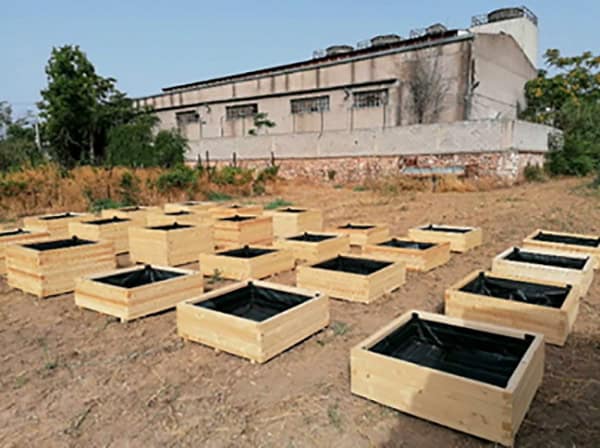
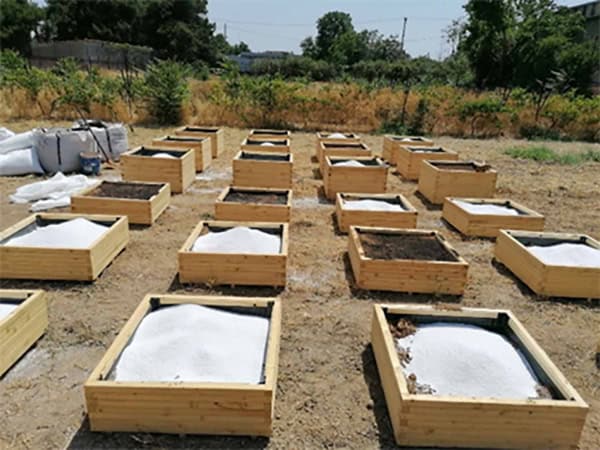
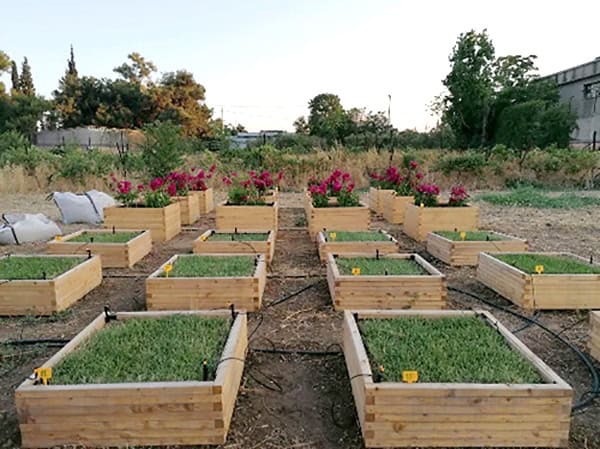
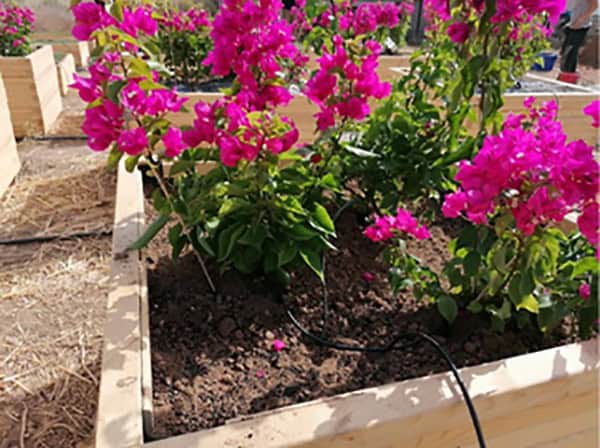
TECHNICAL DETAILS
In the framework of the collaboration between the Agricultural University of Athens and the Perlite Institute, an outdoors experiment and laboratory analyses were carried out in order to (i) determine the full physico-chemical properties of fine perlite by laboratory analysis, and (ii) to investigate whether the application of fine perlite applied in layer at the effective root zone in the soil environment of the rhizosphere helps in water retention. The effect of the application of the fine perlite (0-2 mm) layer in the soil environment of turf grass and Bougainvillea plants under deficit irrigation conditions was studied in this experiment.
For the purpose of this study, a sandy soil was selected in which no fine perlite layer was applied and the plants grown in it received the full recommended irrigation dose. In the other containers, plants grown on a soil substrate containing fine perlite layer (20% v/v ratio) and received 75% and 50% of the recommended irrigation dose. In both cases, compost was added as nutrient in 10% v/v proportion.
Findings and Conclusions
Comparisons between treatments were made at ten time points. The parameters that were analyzed and recorded during the experiment were both the biometric characteristics of the plants (i.e. fresh/dry weights, biomass, robustness indices using precision agriculture instruments) and their chemical composition in terms of macronutrients and trace element concentrations. The observation period was from July 15 to November 15, 2021, while the experiment was in a monitoring phase until May 2022.
The data obtained at the end of the main phase of the experimental procedure indicated that:
- Water contents in the plant tissues of both grass and Bougainvillea did not differ between the full irrigation treatment in the absence of fine perlite layer and the layer and the deficit irrigation treatments with fine perlite application. This reaffirms that the use of fine perlite applied at the effective root zone can reduce overall irrigation needs by 50% in sandy soils.
- Normalized Difference Vegetation Index (NDVI) and Soil Plant Analysis Development (SPAD) indices did not show significant differences between the irrigation treatments. This suggests that despite the deficient irrigation, the presence of perlite resulted in normal plant growth and vigor.
- Regarding the concentrations of macronutrients and trace elements in the plant tissues of both turf grass and Bougainvillea plants, in no case were they significantly lower for the deficit irrigation treatments in the presence of fine perlite compared to the full irrigation treatment without perlite. On the contrary, in many cases the deficit irrigation treatments recorded higher nutrient values.
The results indicate that, under the conditions of the present study, the application of the fine perlite layer in the soil substrate gives the possibility to reduce the irrigation water by 50% without negative consequences on the normal growth and appearance of the plants.
REPORT OF THE STUDY
The full report of this study is archived in the “Research Studies” section of the Members Only area of the Perlite Institute website.
OTHER RELEVANT PUBLICATIONS FROM THE PERLITE INSTITUTE
Available for free at www.perlite.org/library
- Test report of project funded by Perlite Institute entitled: Incorporation of perlite in sandy soil as a measure to reduce irrigation water needs of turf grass and Bougainvillea
- Test report of a project funded by Gulf Perlite LLC entitled: Evaluating perlite as a soil additive to save water in urban landscapes
- Brochure of the Perlite Institute entitled: Effective Watering of Horticultural Perlite
To download a .pdf of the Using Perlite Fines to Reduce Irrigation Needs in Sandy Soils brochure, click here.
If you have technical questions on this topic, please email the technical contacts listed on our contact page.
Copyright © 2024 Perlite Institute All Rights Reserved
